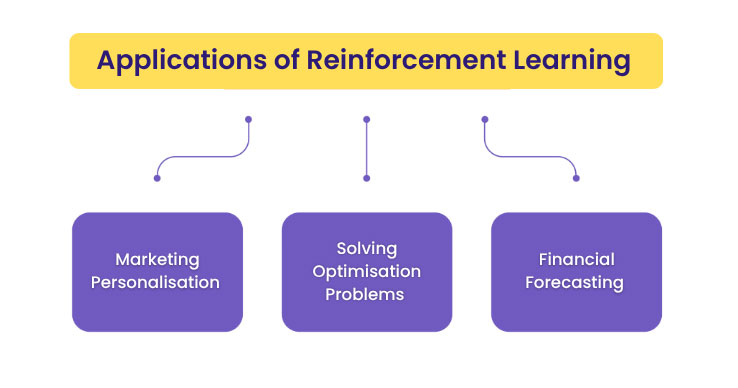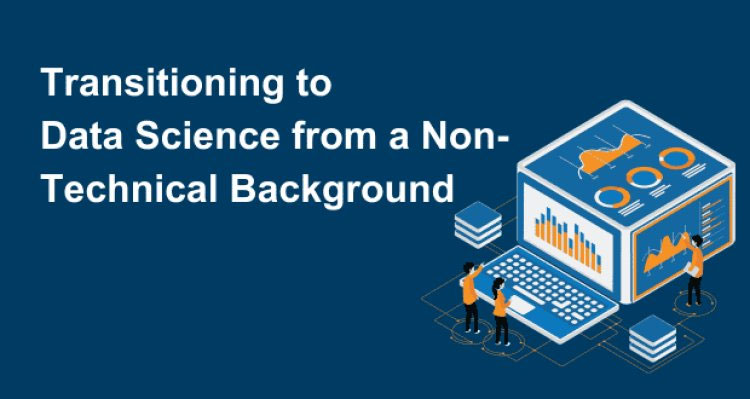Data science is a field where numbers shout the loudest, but numbers do not shout by themselves. Maybe you are the greatest Python programmer, SQL queries creator, or fancy ML models builder. But if you are unable to communicate your results in a clear, straightforward, and engaging manner, all the hard work you put in can come to nothing. Enter presentation skills — your secret weapon.
A data scientist is not just someone who fumbles with large datasets, but one who weaves stories from the raw numbers. No matter if you are showcasing insights to your manager, pitching your idea to a client or guiding a non-technical team toward data understanding, it is presentation skills that make you stand out from the crowd.

5 Reasons why is data presentation so crucial for data science?
-
1. Turning data into stories
Plain numbers are never an exciting material anyway. People without technical insight may get confused with Charts, tables, and graphs. With presentation skills, you can turn these cryptic figures into simple tales of doom and gloom. So instead of saying “we in Q2 had a 20 per cent increase in sales,” try “every 1 out of 5 new customers came during our festive season, illustrating how culture enriches business growth. This helps the audience understand and retain your message.
-
2. Uniting the technical and non-technical teams
At the majority of companies, business executives, clients, and indeed marketing teams are not deep experts in data science. If you communicate with them only in technical lingo, you will lose them. Presentation skills enable you to distil your message and speak the language of your audience. In this manner, you ensure that your insights do not remain on the laptop but lead to actions in the business.
3. Building trust and credibility
Being confident while presenting your work speaks volumes about your subject knowledge. A well-articulated and interesting presentation creates confidence with your stakeholders. If you can justify the deviance of your machine learning model or how your analysis can save the company $$$, people will appreciate your skillset. Everything else that separates a “coder” from a “decision maker” is often reduced to this credibility.
-
4. Standing out in job interviews
The technical questions in the interviews for data science roles are only a part of the data science interview process. This also represents an opportunity to see how well you can communicate your ideas and thoughts to recruiters. If providing case studies confidently and explaining your mindspace and the effect of your solution in layman’s terms is all you can do, you will be ahead of the curve. A lot of candidates miss out on opportunities not because they lack any technical knowledge, but rather when it comes time to communicate that knowledge.
-
5. Leadership and career growth
With each step you take in your career, you will find that you are writing less and less code, but also leading more projects or teams. Leadership requires strong communication. It is a skill that will get you to complement your data science experience with insights you can present to executives, clients or even investors. This is why your presentation skills are not an “add-on” but probably the most important factor that will drive your long-term growth in data science.
Data scientists, here is how you can master your presentation skills
-
1. Know your audience
Knowing who you are speaking to and about is the first step. Jargon should be avoided if your audience is non-technical. If they are C-Level, only talk about the business impact, not the technical level. Adjust your message accordingly to their requirements.
2. Use visuals effectively
Visual representations of data are easier to digest. Apply charts and graphs, and dashboards, but keep them simple. Steer clear of crowded slides stacked with digits. One clear chart with a headline describing the insight is more effective than five complex graphs.
3. Tell a story
Do not simply present a series of numbers. Create a flow like a story. Start with the problem, display the difficulties, display your research, and then provide the solution and the final results. Using storytelling makes your presentation engaging and leaves an impact on the minds of the people.
4. Practice regularly
Just like programming, practice brings up the quality of presentation. Whenever you have a chance to show your work to friends, colleagues, or mentors, do it! You will be more confident from practising more.
5. Keep it simple
Keep in mind that the goal is not to demonstrate how smart you are; the goal is to make your audience smarter. Simplicity is the ultimate sophistication. Write short sentences, avoid jargon, and explain concepts as if the reader has no data background.
6. Real-life example
For example, say you worked on a project that was related to customer churn prediction for a telecom company. You created a complex ML model with using accuracy of > 90%. So, now you need to present it to the management of the company.
Most of managers will not understand if you said, “We tried logistic regression with feature engineering and the ROC AUC score is 0.92”.
However, if you say something such as, “Our model predicts that we can foresee at least 90 per cent of the customers who will churn next month. Now people sit up and listen; it means the company can spring into action and save a bare minimum of 15 crore rupees a year in revenue. The magic of good presentation skills
Why recruiters value this skill?
Recruiters and employers realise that businesses grow on the back of implemented insights, rather than insights that rest in code files. A data scientist who can confidently show results is the link connecting RERAW data to REAL business value. And this is why many companies tend to go for an average technical but great communicator over an excellent technical but poor presenter.
Final thought
Data science careers demand presentation skills. Great presentation skills are not optional anymore in data science careers. Because they determine how your work has an impact in the real world, data delivery concepts are just as critical as coding and analysis. Whether in interviews, boardrooms, client meetings or team discussions, articulating your findings is what transforms you into a leader.
Beyond our Python, SQL and Power BI and Machine Learning courses, we show you how to present your work on ConsoleFlare. Our programs will not only make you a data expert but also an individual who can effectively communicate and lead the project independently while leaving a mark on stakeholders.
At the end of the day, keep this in mind: numbers are important, but the narrative that you create around the numbers is even more important. If you learn to excel at both, your data science career will not only grow, but also be truly radiant.
For more such content and regular updates, follow us on Facebook, Instagram, LinkedIn





